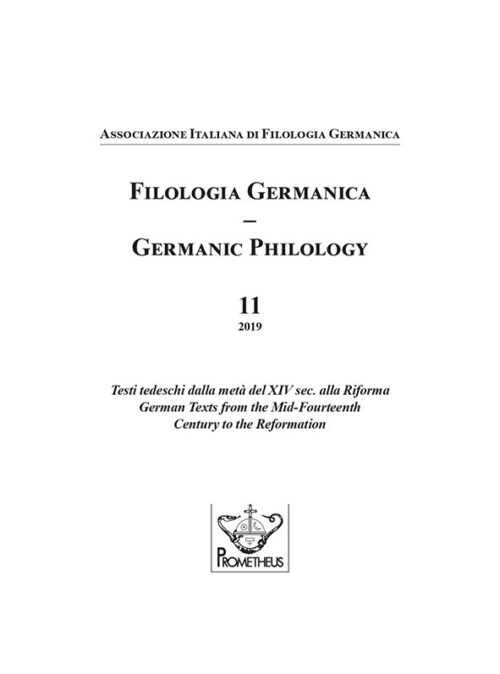The conflation between conservation and innovation in an inedited fifteenth-century courtroom blessing provided in München, Bayerische Staatsbibliothek, Cgm 351
DOI:
https://doi.org/10.14672/fg.v11i.2551Abstract
The increased textual production and transmission characterizing the period between the second half of the fourteenth century and the Reformation results – among other things – in an increased transmission of magical formulas such as charms and blessings aimed at providing help and protection in a variety of everyday situations, ranging from diseases to journeys, from frustrated love to the prevention of theft or the retrieval of stolen (or lost) goods.
Some of these late medieval charms can be ascribed to well-defined traditions and feature familiar motifs, while others contaminate elements of different origin, e.g. by employing a known motif or narrative in a completely new context. An example of this kind of contamination is offered by a charm in München, Bayerische Staatsbibliothek, Cgm 351, f. 154r, which is edited and discussed in this article, paying particular attention to its re-motivation of a narrative traditionally associated with theft charms (known as ‘the Virgin Mary going out to a garden’), and not with courtroom blessings.
Pubblicato
Fascicolo
Sezione
Licenza

Questo lavoro è fornito con la licenza Creative Commons Attribuzione - Condividi allo stesso modo 4.0.
CC-BY-SA



